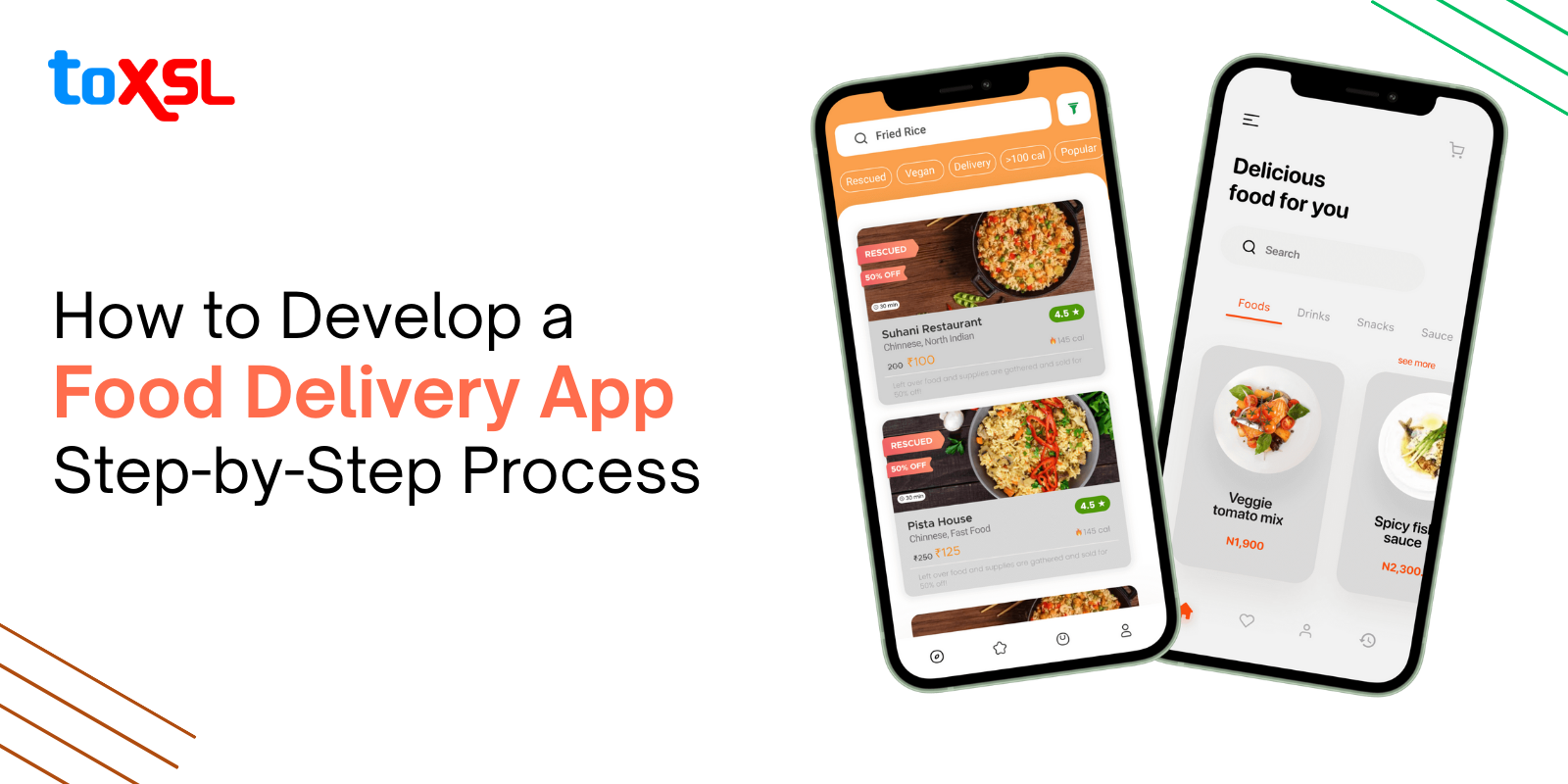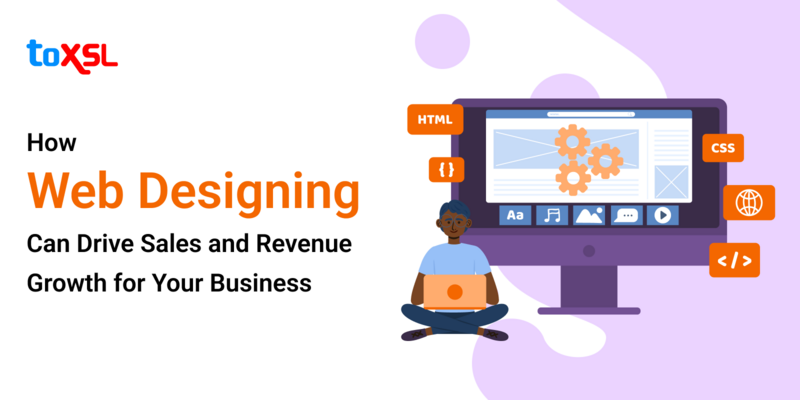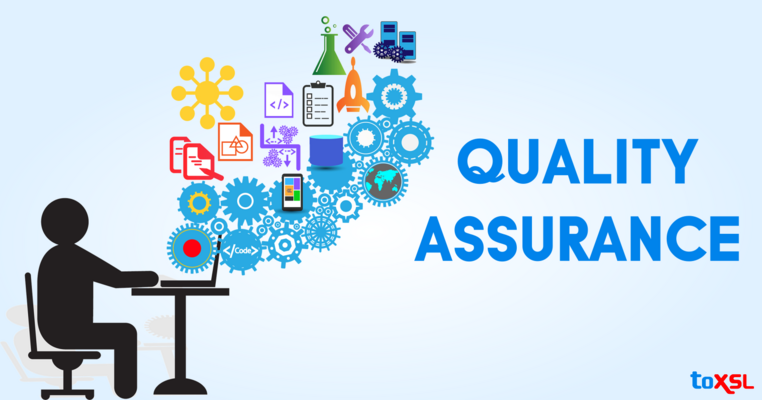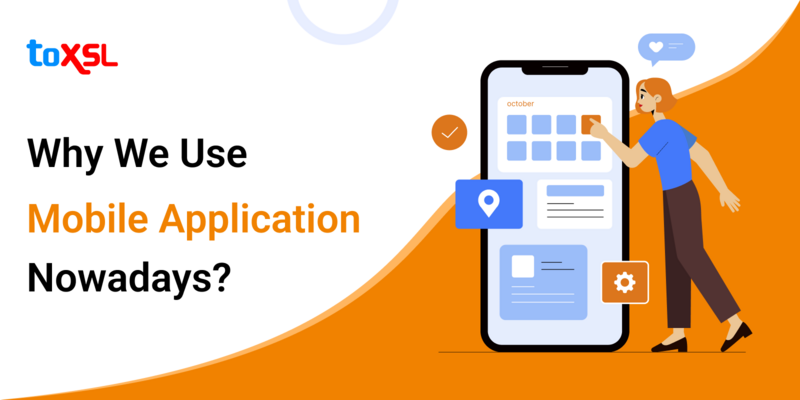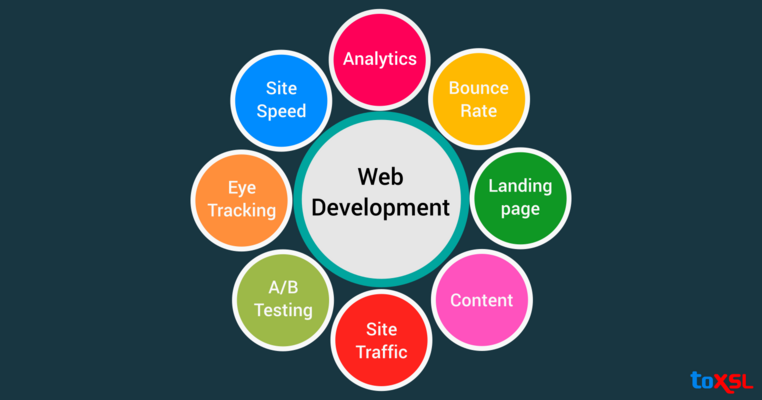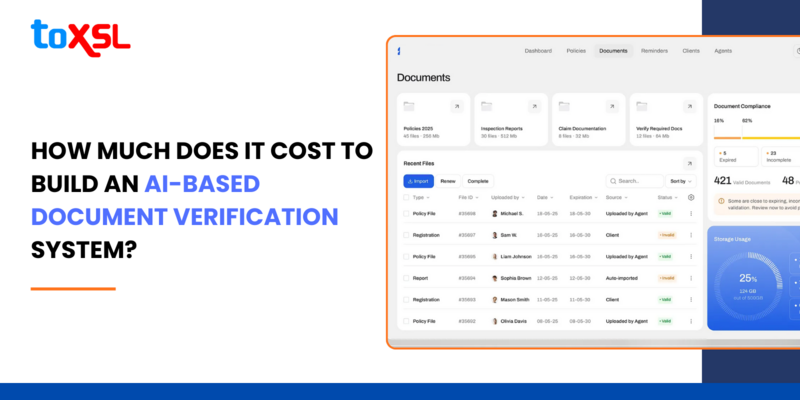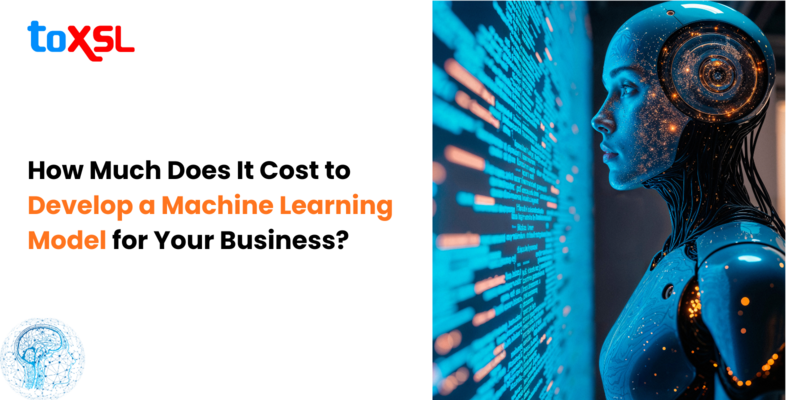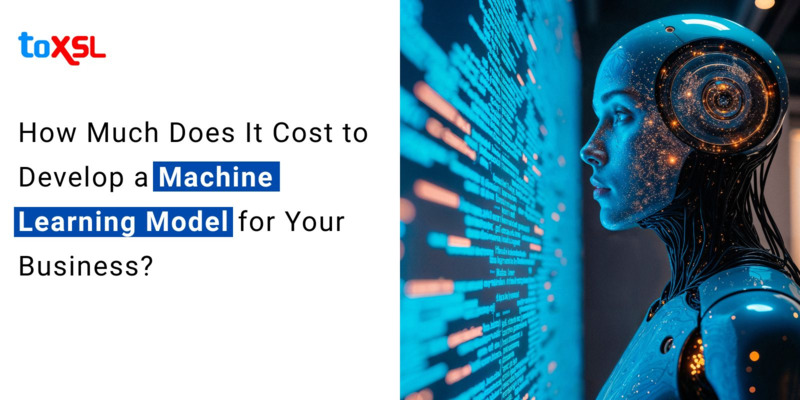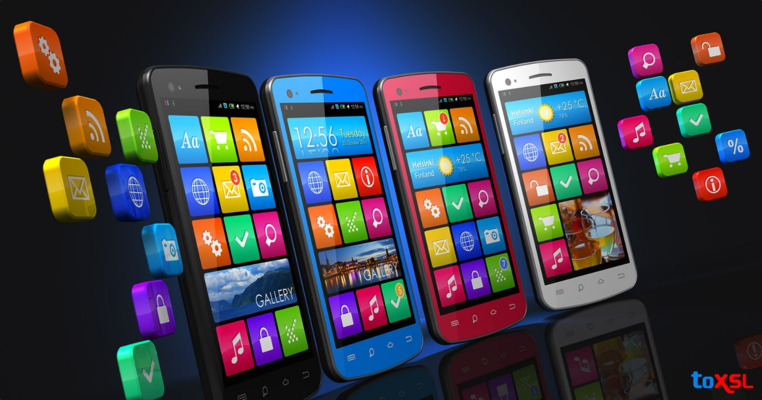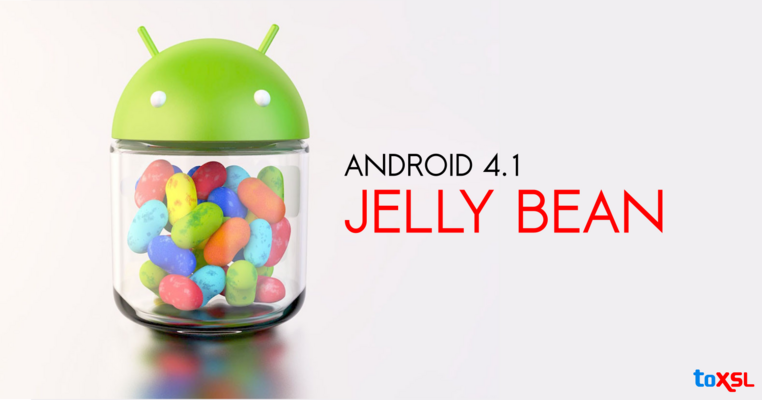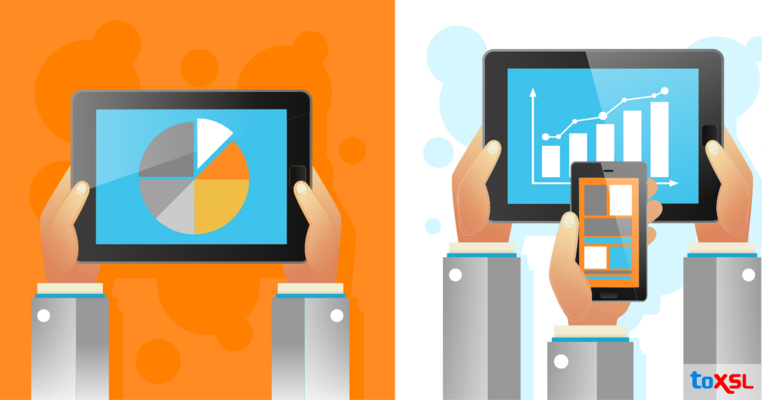Did you know that over 60% of consumers worldwide now prefer ordering food through mobile apps rather than traditional methods? With the online food delivery market projected to surpass $618.36 billion by 2030, growing at a CAGR of 9.0%, the opportunity to capture a share of this booming industry has never been greater. But how do you build a food delivery app that stands out in a crowded marketplace? What features are essential to win customers, satisfy restaurants, and empower delivery couriers? How much does it really cost to develop a reliable, user-friendly app like Zomato?
The food delivery industry has witnessed exponential growth in recent years, fueled by increasing consumer demand for convenience and advancements in mobile technology. Food delivery apps like Zomato, Uber Eats, and Instacart have revolutionized how people order food, offering seamless service from restaurant selection to doorstep delivery. For businesses aiming to enter this thriving market, understanding the essentials of food delivery app development is critical.
This comprehensive blog covers everything you need to know to build a successful food delivery app. We dive deep into the step-by-step app development process, must-have features for different user types, business models, development costs, and factors influencing those costs and timelines.
Key Takeaways:
- A feature-rich app should provide tailored functionalities for users, couriers, restaurants, and admins to ensure seamless operations.
- Thorough market research and clear business model selection are foundational to successful food delivery app development.
- The development process involves multiple stages: planning, design, coding, testing, deployment, and ongoing maintenance.
Partnering with experienced technology providers like ToXSL Technologies can accelerate time-to-market and deliver scalable, user-centric food delivery solutions.
How to Build a Food Delivery App? Step-by-Step
Building a food delivery app involves careful planning, design, development, and launch phases. Here's the process explained step-by-step:
Step 1: Market Research and Competitive Analysis
Before diving into development, start with detailed market research to understand your target users and competitors. Analyze popular food delivery apps to identify their strengths and weaknesses, and determine what gaps your app can fill. Focus on understanding regional preferences, delivery challenges, pricing strategies, and technology trends. Gathering this data helps develop a product that truly meets customer and business needs. To collect competitor and market data efficiently, businesses can use
secure mobile IP proxies, enabling large-scale research without regional restrictions.
Step 2: Define Your Business Model and Revenue Strategy
Next, define how your app will generate revenue. Decide on a business model such as charging commission per order from restaurants, subscription fees, delivery charges from customers, or advertising revenue by promoting restaurants. Clarify your revenue streams early to guide feature prioritization and monetization strategy during development.
Step 3: List Core Features and Choose Your Technology Stack
Based on your business model and market research, compile a comprehensive list of must-have features for customers, restaurants, and delivery agents. Decide if you want a native app for iOS and Android or a cross-platform hybrid app developed with frameworks like React Native or Flutter. Select backend technologies (Node.js, Django) and services (payment gateways, map APIs) that support scalability and performance.
Step 4: Wireframing and UI/UX Design
Create wireframes to map the user journey and define app screens and navigation flow. Use tools like Figma or Adobe XD to design a clean, intuitive, and responsive user interface. Pay close attention to creating a streamlined ordering experience, easy registration/login, and clear real-time tracking. Ensure branding consistency and accessibility.
Step 5: Development Phase
With design approved, development begins in two parallel tracks:
Backend Development: Build server-side infrastructure, databases, APIs, and real-time order tracking systems. Establish communication channels between different user modules securely.
Frontend Development: Develop the user interfaces for the customer, restaurant, and delivery partner apps. Implement features like push notifications, payment integration, and live GPS tracking.
Adopt an
agile development methodology with iterative testing and feedback incorporation to improve app quality and align with user expectations.
Step 6: Quality Assurance and Testing
Testing is critical before launch. Conduct functional testing to verify all features work correctly. Perform performance testing to ensure the app handles multiple users and requests without failures. Carry out security testing to protect sensitive user data, and beta testing with real users to gather valuable feedback. Fix bugs and improve usability based on test results.
Step 7: Launch and Deployment
Prepare your app for launch by fulfilling store requirements for iOS App Store and Google Play Store. Create marketing plans, app store listings, and promotional campaigns. Launch the app and monitor initial user feedback and performance metrics closely.
Step 8: Post-Launch Support, Maintenance, and Updates
After launch, continuously maintain the app by fixing issues, updating features, and optimizing performance. Listen to user feedback and add improvements such as personalized recommendations, AI features, or new payment options to remain competitive.
Must-Have Features of a Food Delivery App Like Zomato
A food delivery app is a multi-sided platform connecting three main user groups: customers, restaurants, and delivery partners (couriers). Additionally, there is an admin panel that controls the overall management. Each of these stakeholders requires dedicated features that address their unique needs and ensure smooth operation. Let’s explore the essential features for each of these modules in detail.
1. Customer Mobile App Features
User Registration and Login: Customers should be able to create accounts and securely log in using various methods such as email, phone number, or social media.
Restaurant Search and Filters: The app must provide an easy-to-use search function with filters to help customers quickly find their preferred restaurants or dishes.
Detailed Menu with Customization: Customers need access to complete menus with options to customize their orders according to their preferences.
Cart and Order Placement: The app should allow customers to add or remove items from their cart and place orders smoothly, showing all charges clearly.
Multiple Payment Options: Offering diverse and secure payment methods ensures customers can pay conveniently.
Real-Time Order Tracking: Customers should be able to track their orders live from the kitchen to their doorstep.
Ratings and Reviews: Allowing customers to leave feedback helps maintain quality and trust in the platform.
Push Notifications and Alerts: Timely alerts keep customers informed about order status, offers, and updates.
Order History and Reordering: Access to previous orders makes it easier for customers to reorder their favorite meals.
In-App Chat and Support: Customers should have access to instant support through chat or calls for any issues or queries.
2. Courier/Delivery Partner Mobile App Features
Courier Registration and Profile Setup: Delivery partners must register and verify their identity and vehicle details to ensure trustworthiness.
Order Notifications and Acceptance: Couriers should receive immediate delivery requests and have the choice to accept or decline them.
Navigation and Route Optimization: Integrated GPS and optimized routing assist couriers in delivering orders efficiently.
Delivery Status Updates: Couriers need to update order progress, providing proof of delivery when necessary.
Earnings and Payment Tracking: Delivery partners should have clear access to their earnings and payment history.
Availability Toggle: The app should allow couriers to mark themselves available or unavailable for deliveries.
In-App Communication: Direct communication between couriers, customers, and support is essential for smooth delivery.
3. Restaurant Mobile App Features
Restaurant Profile Management: Restaurants need to manage their profile details such as name, address, and hours of operation.
Menu Management: Restaurants should be able to add, update, or remove dishes and adjust prices and availability.
Order Management: The app must allow restaurants to view, accept, reject, and update the status of incoming orders.
Sales Analytics and Reports: Providing performance reports helps restaurants understand sales trends and improve service.
Notifications: Instant alerts about orders and customer messages keep restaurants informed and responsive.
Promotions and Discounts Management: Tools to create and control special offers help restaurants attract more customers.
4. Admin Panel Features
Dashboard Overview: The admin dashboard provides a snapshot of key business metrics and system performance.
User Management: Admins can manage customers, restaurants, and delivery partners, including approvals and suspensions.
Order Management: The admin oversees all orders, resolving disputes and managing cancellations or refunds.
Restaurant Onboarding and Approval: Admins verify and approve new restaurant registrations to maintain quality.
Payment and Commission Management: The system tracks payments and calculates commissions for restaurants and couriers.
Content Management System (CMS): Admins manage app content, banners, and promotions from a centralized system.
Analytics and Reporting: Detailed reports provide insights to guide business decisions.
Push Notification Management: Admins create and schedule marketing messages targeted at specific users.
Food Delivery App Development: Business Models
Understanding your business model is crucial to planning and monetizing your app effectively. The popular business models in food delivery app development include:
1. Aggregator Model: This is the most common model, where the app acts as a platform connecting customers with restaurants. The app does not handle delivery itself; restaurants either provide delivery or the customer picks up the order. The app earns commissions per order.
2. Marketplace Model: In this model, the platform manages the entire process, including order acceptance and delivery with its own fleet of drivers or partnered couriers. This requires a more complex logistics system but provides greater control over customer experience.
3. Hybrid Model: Combines the aggregator and marketplace models, allowing restaurants to either deliver themselves or use the platform’s delivery services. This model provides flexibility but adds complexity to the system.
4. Subscription-Based Model: This model offers premium features to customers or restaurants via monthly or annual subscriptions, like free deliveries, exclusive discounts, or promotional services.
5. Advertisement Model: Revenue is generated through advertisements within the app. Restaurants or third parties pay to promote their services or products.
Cost to Develop a Food Delivery App
The cost to develop a food delivery app depends on multiple factors including the complexity of features, technology stack, location of the development team, and time required. Here’s a breakdown of the typical cost estimates:
Phase | Estimated Cost Range |
|---|
Market Research & Planning | $2,000 – $10,000 |
UI/UX Design | $5,000 – $15,000 |
Frontend Development | $20,000 – $50,000 |
Backend Development | $25,000 – $60,000 |
API Integrations | $5,000 – $15,000 |
Testing & QA | $8,000 – $20,000 |
Deployment & Launch | $2,000 – $8,000 |
Post-launch Maintenance | 15–20% of initial cost annually |
Factors Influencing Food Delivery App Development Cost and Time-to-Market
Several factors influence both the development cost and how quickly your app can reach the market:
1. Feature Complexity: The more advanced features like AI-based recommendations, real-time tracking, multiple payment integrations, and route optimization, the higher the cost and development time.
2. Platform Choice: Developing separate native apps for iOS and Android costs more and takes longer than a cross-platform app, but offers better performance and user experience.
3. Team Location and Expertise: Hiring experienced developers from regions like the US or Western Europe usually costs more than teams in India or Eastern Europe but may offer faster turnaround times and better quality.
4. Technology Stack: Certain technologies require more time and resources to develop and maintain, affecting cost.
5. Backend Infrastructure: Scalable and secure backend services, cloud hosting, and API integrations add to the overall cost and development timeline.
6. Regulatory Compliance and Security: Implementing data privacy laws, secure payment gateways, and encryption mechanisms requires additional time and investment.
7. Marketing and Launch Strategy: Costs related to app store submission, marketing campaigns, and customer acquisition influence the overall investment.
Conclusion
Building a food delivery app like Zomato involves a strategic blend of market insight, feature-rich development, and efficient project execution. The process starts with understanding your target users and business model, followed by crafting seamless experiences for customers, couriers, restaurants, and administrators. Investing in advanced features such as real-time tracking, secure payments, and intuitive interfaces will set your app apart in the competitive market.
ToXSL Technologies is a award-winning food delivery app development company. We offer end-to-end development solutions customized to your business goals. Whether you are a startup or an established restaurant chain, we provide robust, scalable apps equipped with modern functionalities to captivate users and drive growth. Partner with us to transform your food delivery vision into a successful digital reality with minimized cost and accelerated time-to-market. Request a quote.
